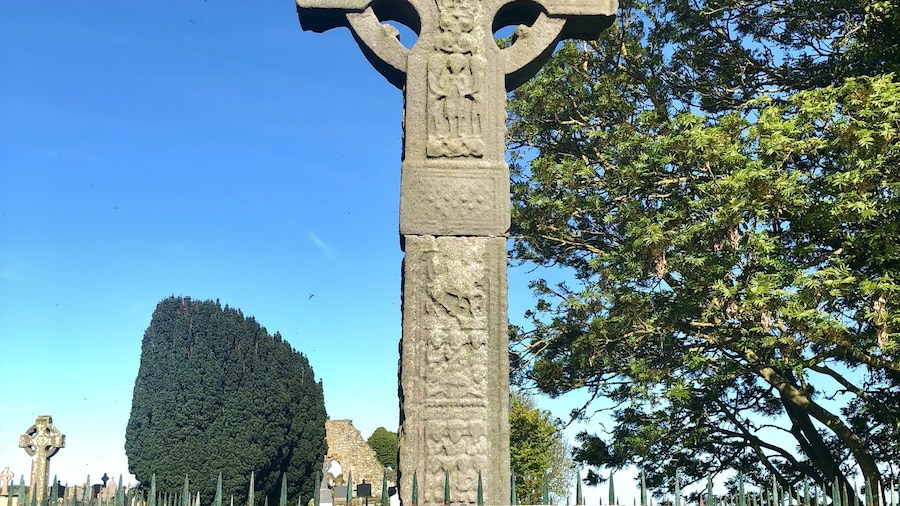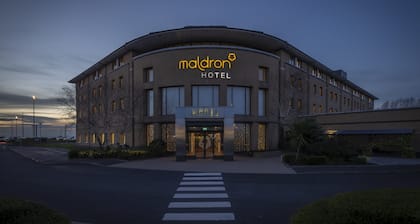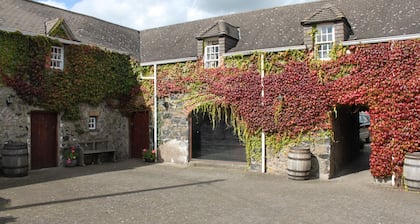The area around the lake has been inhabited for millennia, with Neolithic artefacts found dating back to 8000 BC. According to Irish mythology, Lough Neagh was formed when the famous Irish giant, Finn McCool, grabbed a chunk of earth to throw at his Scottish enemy, Benandonner. The sod of earth fell in the Irish sea, to form the Isle of Man, while the water flowed into the hole that McCool had created and formed Lough Neagh.
The earliest inhabitants are believed to have fished eels from the freshwater lake and the eel fishing industry remains important to the modern day residents of Lough Neagh. Eels caught from the lake are exported to as far away as the Netherlands and Germany.
Ram’s Island was the site of an ancient monastery, and Coney Island was used by the Normans as an outpost when they invaded Ireland in the 13th Century. Nowadays the islands are a birdwatcher’s paradise, with cuckoos, whooper swans, pochard, tufted duck, scaup and goldeneyes all living on the shore line or the wetlands around the lake.
It’s possible to take boat trips from Kinnego Marina in Lurgan, and to take sailing lessons with Royal Yachting Association-approved instructors. Around Lough Neagh is the Loughshore cycling trail which allows cyclists to do a full 128-mile loop of the lake.










